Petzyo Top Breed Guide
Kelpie
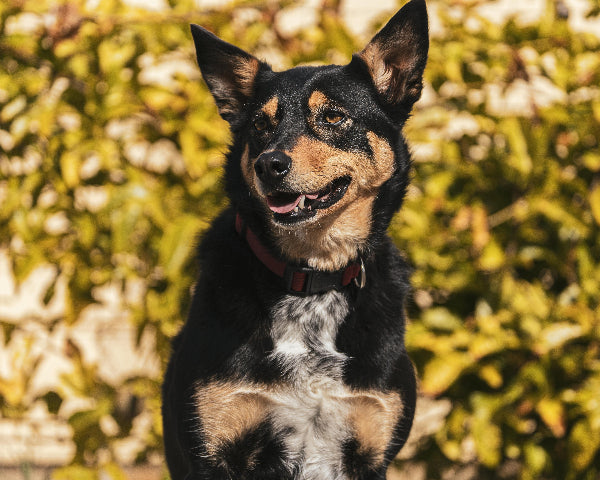
QUICK FACTS
Height: 46–51 cm (males), 43–48 cm (females)
Weight: 14–21 kg (males), 14–21 kg (females)
Lifespan: 10-15 years
Breed Group: Working Dog
Energy Level:
Very high; needs daily physical and mental exercise
Shedding Level:
Moderate; increases in autumn and spring
Coat Type: Short double coat; weather-resistant outer layer
Colour Variations:
Black, red, chocolate, fawn, smoke blue, black & tan, red & tan, blue & tan
Grooming Needs: Low; weekly brushing, occasional bath
- Breed Overview
- Physical & Appearance
- Personality
- Health & Diet
- Grooming & Care
- Cost & Owership
- Download Full Guide
Origins of Kelpie
The name “Kelpie” originated from a creature in ancient Scottish mythology, a water spirit renowned for its strength, speed, and eerie endurance. That myth had nothing to do with herding sheep, but the symbolism stuck.
In the late 1800s, a working dog pup bred in Victoria was named “Kelpie” by her Scottish-Australian owner. Her speed, instincts, and stamina impressed stockmen so much that her name became shorthand for the entire type. That one dog helped define the breed’s legacy. So while the myth gave the breed its name, it was the outback that gave it its meaning.
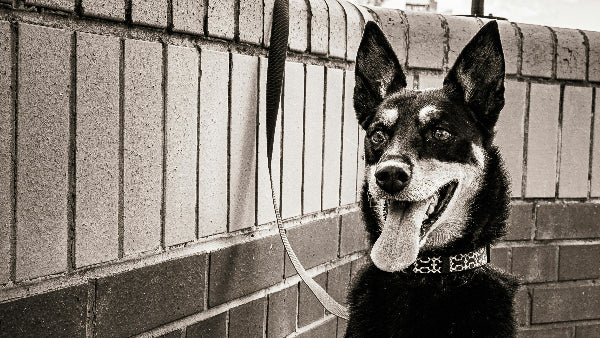
The Real Story Behind "Red Dog"
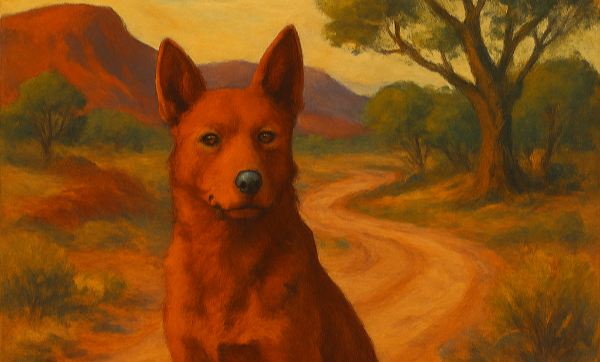
If there’s one Kelpie story every Aussie knows, it’s Red Dog. Red Dog was a Kelpie-Cattle Dog mix who roamed the Pilbara in the 1970s. He wasn’t owned in the traditional sense; he hitched rides across mining towns, made mates wherever he went, and became a kind of four-legged folk hero. His loyalty, independence, and sense of purpose captured the public imagination. That’s no accident; those are classic Kelpie traits.
Red Dog’s story went on to inspire a bestselling novel, a feature film, and a bronze statue in Dampier. He’s more than a dog in a tale; he’s proof that the Kelpie spirit runs deep in Australia’s cultural DNA.
BREED SUMMARY
The Australian Kelpie is a medium-sized, athletic dog known for its endurance and agility. Males typically stand between 46 and 51 cm tall and weigh between 14 and 21 kg, while females are slightly smaller. Their lean, muscular bodies enable them to perform high-energy tasks efficiently, making them ideal for farm work and active lifestyles. Kelpies reach their full height by 12 months but continue to build muscle until they are around 18 months old. They have a short, weather-resistant double coat that comes in various colours, including black, red, chocolate, fawn, smoke blue, and combinations like black and tan or red and tan.
Kelpies are highly intelligent, independent, and loyal dogs that thrive in environments where they have a clear purpose. Bred for herding, they possess a natural drive to work and think for themselves, making them excellent problem solvers. This breed forms strong bonds with its human companions and responds well to consistent training and structured routines. However, without proper mental and physical stimulation, they may develop destructive behaviours. Grooming is low-maintenance, requiring only weekly brushing, though shedding increases during seasonal coat changes in autumn and spring.
A Kelpie’s diet should be rich in high-quality animal protein, healthy fats, and complex carbohydrates to support their energy levels and muscle recovery. Joint support from ingredients like glucosamine and omega-3 fatty acids is also important, especially as they age. Petzyo’s formulations, such as Lamb and Ancient Grains or Kangaroo with superfoods, are excellent options. Kelpies are generally healthy but can be prone to hip dysplasia, progressive retinal atrophy (PRA), and weight gain if underworked or overfed. Routine veterinary check-ups, regular exercise, a balanced diet, and mental enrichment are essential for keeping this high-energy breed healthy and happy throughout their lifespan of 10 to 15 years.
FAQs About Kelpie
Are Australian Kelpies good family dogs?
Kelpies can be excellent family dogs if they receive plenty of exercise and mental stimulation. They are loyal, intelligent, and tend to form strong bonds with their owners, especially when trained early and consistently. However, due to their high energy levels and working instincts, they may not be suitable for households with very young children or low-activity lifestyles unless those needs are effectively managed.
Are Kelpies good for first-time dog owners?
In general, no—unless the new owner is very active, committed to training, and has a good understanding of working breeds. Kelpies require structure, purpose, and daily outlets for their intelligence and energy. Without these, they can become bored and problematic.
Can Kelpies live in apartments?
Kelpies can live in apartments if their exercise and mental stimulation needs are fully met every day, but this is not the ideal environment for them. They are better suited for homes with yards, access to off-leash areas, or rural properties. Without enough space to expend their energy, behavioural issues may develop.
Do Kelpies get along with other pets?
Yes, with early and consistent socialisation, Kelpies can coexist peacefully with other dogs and animals. However, their herding instincts may lead them to "round up" smaller pets or children, so supervision and training are crucial.
Coat type
Coat length
Physical & Appearance
Australian Kelpies are purpose-built. Their lean, athletic frame enables them to move quickly, pivot sharply, and continue working without tiring. Whether from working or show lines, they grow into a medium-sized dog with well-placed muscle and zero excess bulk.
Knowing how they develop helps you support them with the right nutrition, movement, and vet care at each stage.
Coat Colours
Kelpie colours can be broken down into two groups: recognised standards and rarer variations. Most working-line dogs lean toward traditional colours, while show and pet lines may feature more variation.
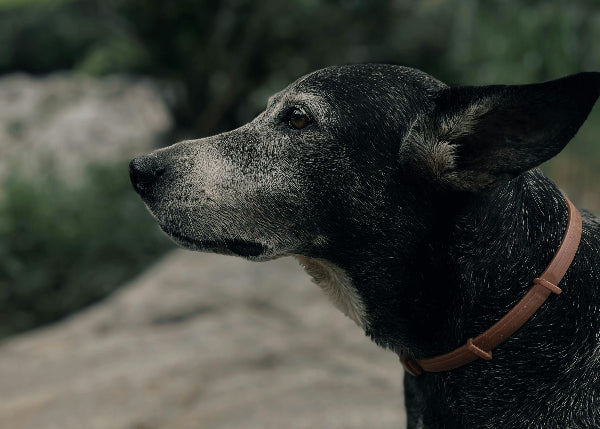
Black
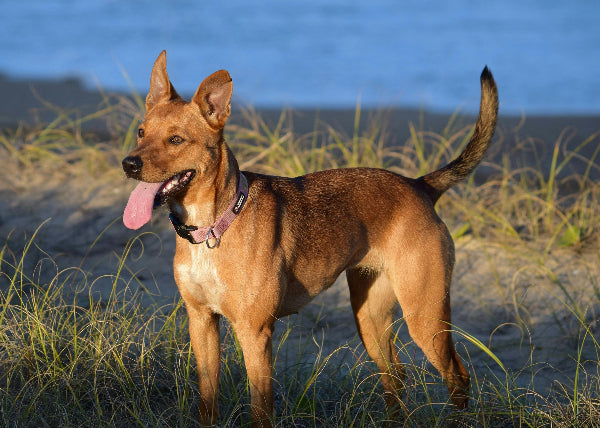
Red (liver)
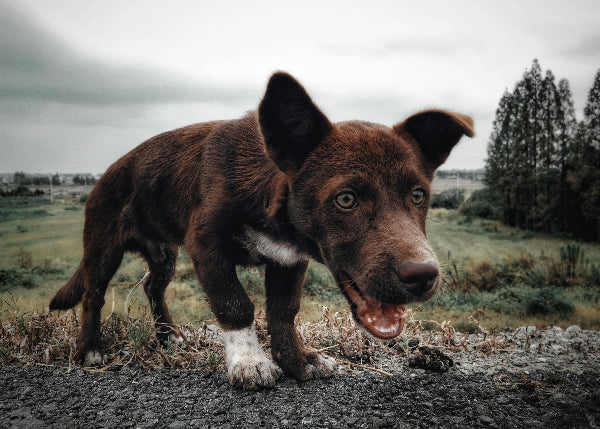
Chocolate
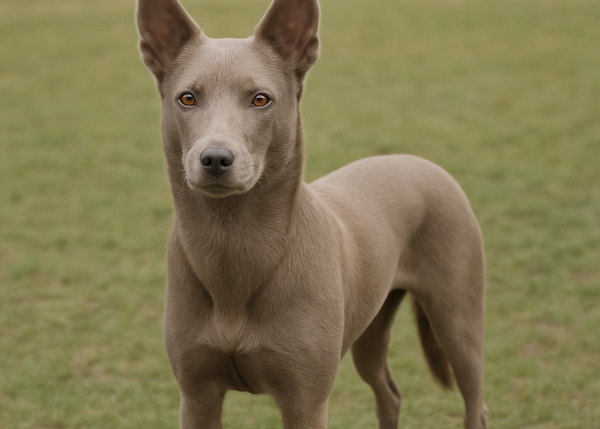
Fawn
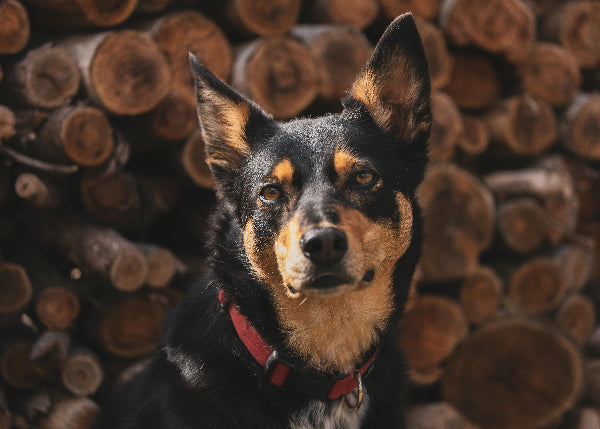
Black & Tan
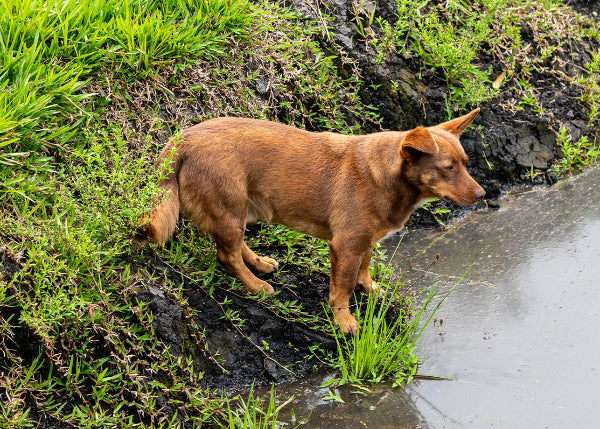
Red & Tan
Are Color Variations Linked to Health Concerns?
Yes, some rare coat colours, like Red Merle, are not recognised by breed standards because they can be predisposed to deafness and eye issues.
Affectionate with family
Good with kids
Social doggos
Playfulness
Kelpie Temperament & Personality

Kelpies are smart, independent, and loyal. These dogs were designed to manage sheep without waiting for every cue, so they assess, decide, and act with confidence. That same independence shows up at home as problem-solving, curiosity, and a drive to stay involved in everything around them.
They are tightly bonded with their people, especially the one who leads and trains them consistently. With purpose and structure, they stay calm, engaged, and cooperative.
Key temperament traits of the Australian Kelpie:
- Highly intelligent: Fast learners but easily bored without a challenge
- Energetic: Need outlets for physical drive daily
- Independent thinkers: Take initiative, not blindly obedient
- Loyal and focused: Strong connection to their core humans
- Responsive and alert: Watchful without being reactive
- Task-driven: Thrive with jobs, games, or mental puzzles
Socialising Kelpie
Kelpies are not aggressive by nature. They are confident, watchful, and assertive, but that’s drive, not danger. With clear leadership and training, they become loyal, well-mannered mates who read the room and respect boundaries.
Given their strength and guarding tendencies, Kelpies can, like all dogs, potentially bite if they feel threatened, provoked, or if their energy and instincts are not properly managed.
They do best with people who understand working breeds, those who expect initiative and energy, and know how to provide consistent structure. That could be farmers, hikers, agility trainers, or active families ready to train and engage daily.
That is why socialisation is critical for your Kelpie. Expose them to a range of sounds, places, animals, and people from an early age. With proper guidance, they’re affectionate, respectful, and excellent companions in families that enjoy being outdoors and staying active.
Ask your local community about groups that offer herding opportunities for urban-dwelling sheep dogs. These groups provide training and activities for dogs with a strong herding drive, allowing them to utilise their natural abilities in a controlled environment.
Behaviour Challenges in Kelpie
When under-stimulated, their intelligence turns into trouble. Digging, chewing, pacing, or even barking out of frustration often signals that your Kelpie is not getting enough mental or physical work.
Kelpie Lifespan
& Health Issues
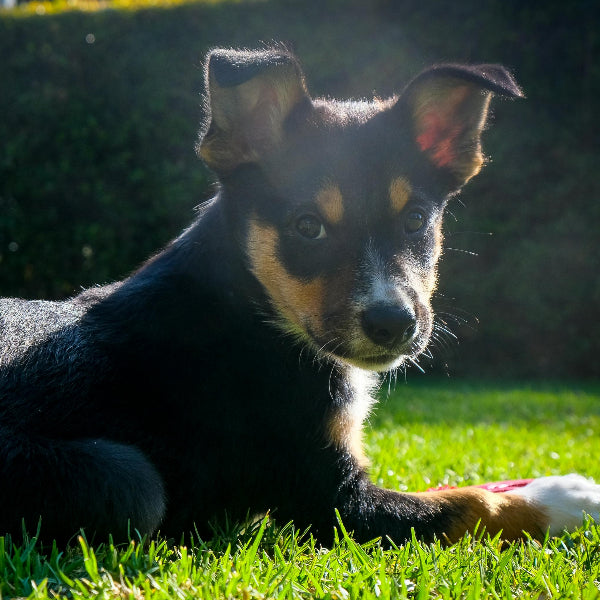
Puppy
0 - 16 weeks
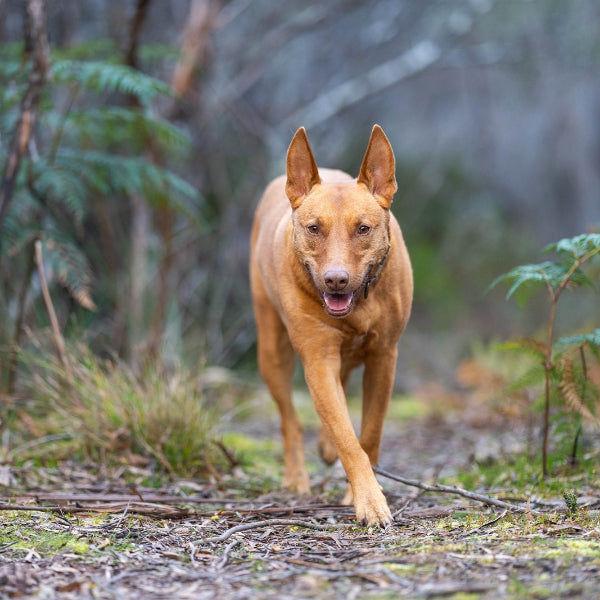
Adult
1 - 7 years
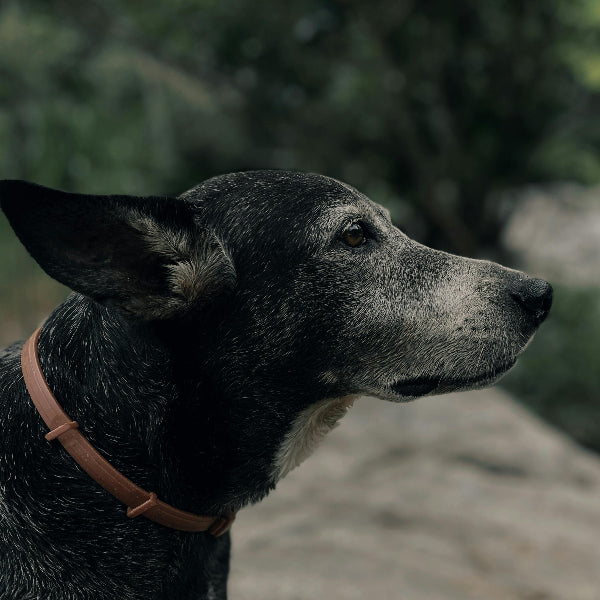
Senior
7+ years
Most Australian Kelpies live between 10 and 15 years, depending on their lifestyle and daily care. Kelpies on working farms often show signs of aging earlier, typically around 10 or 12 years, due to the constant physical demands placed on them.
Among working breeds, Kelpies tend to age well thanks to their lean build, efficient movement, and relatively low rate of inherited health issues. Unlike heavier breeds like the German Shepherd, Kelpies place less stress on their joints, which can help them stay active well into their senior years.
But genetics can only go so far. Without proper rest, hydration, joint care, and protection from harsh weather, even the fittest Kelpie can wear down early. The key? Balance hard work with smart care, because longevity isn’t just luck, it’s preparation.
Common Health Issues
Kelpies are undoubtedly tough, but no breed is immune to health challenges. While they are generally healthy and built for hard work, a few conditions are worth keeping on your radar. Staying ahead with routine care, balanced feeding, and early screening makes all the difference in keeping your Kelpie active into old age.
1. Hip Dysplasia
A genetic condition where the hip joint doesn’t sit right in the socket. It can lead to arthritis, pain, or limited mobility, especially in older dogs or those carrying extra weight. Only buy from breeders who health-test. Keep your dog lean and active, and consider joint supplements after age 5.
2. Drug sensitivity from MDR1 gene
Typically seen in Collie breeds and herding dogs, a mutation in this gene may cause severe reactions to some common drugs, including some parasite preventions (e.g. ivermectin), sedatives, and anti-diarrhoeal medications. Testing for the gene is available, and veterinarians will be aware to watch out for this.
3. Progressive Retinal Atrophy (PRA)
An inherited eye disorder that causes slow vision loss, sometimes leading to full blindness. It’s painless but permanent. Ask your vet about eye screening every 1-2 years. PRA can’t be cured, but early detection helps you adapt your home and routine.
4. Obesity
It sneaks up quicker than you’d expect, even in active dogs. Underworked Kelpies or overfed pets can gain weight quickly, which puts extra stress on their joints and energy levels. Watch for sluggishness, visible waist loss, or reluctance to move. Use a portion guide based on your Kelpie’s age, size, and activity.
Kelpies Everyday Care

Kelpie Nutrition & Diet Guide
What you feed your Kelpie matters. These dogs run hard, think fast, and burn through energy quicker than most breeds. A balanced diet not only keeps them going, but it also helps prevent injury, supports recovery, and maintains their joints, muscles, and coat in top shape as they age.
Feeding frequency depends on your Kelpie’s age, energy level, and workload. Working Kelpies are not shy about burning calories. After long days herding or full-on exercise, they often need an energy boost, whether that’s extra kibble, raw toppers, or a second feed.
Best Diet for a Kelpie
Feeding a Kelpie isn’t about quantity; it’s about feeding with purpose. Every bite needs to count. Kelpies need high-performance fuel. Kelpie burns through fuel fast, whether they are chasing sheep or a ball. If the food is not calorie-dense and nutritionally complete, they will wear out quicker and recover more slowly.
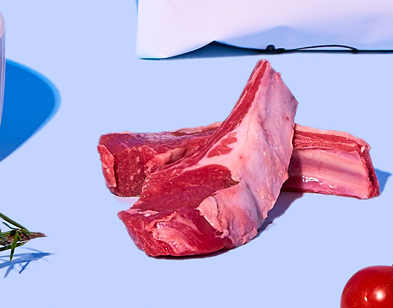
Animal-based protein (28-32% dry matter). This supports muscle repair and endurance. Look for meat first on the ingredient list, not by-products or meal blends.
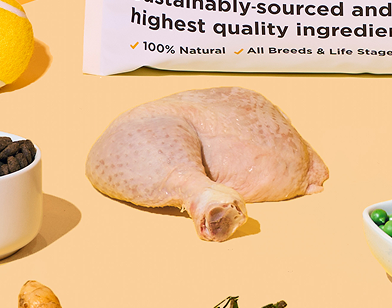
Healthy fats. Ingredients like flaxseed, salmon oil, or chicken oil help your Kelpie maintain steady energy and support his/her overall health, including skin, coat, and brain health.

Complex carbs. Sweet potato, lentils, and chickpeas deliver slow-burning energy without spiking blood sugar. That means your dog gets longer stamina without crashes.

Joint support. Glucosamine, chondroitin, and omega-3 fatty acids from fish oil or green-lipped mussel help protect their hips and elbows, especially in aging or active dogs.
How to Prevent Obesity in Kelpie
Monitor their condition through their waistline, ribs, coat quality, and bounce-back time. If ribs are too sharp or they are slowing down, it may be a sign they’re not getting enough fuel to keep up.
On the flip side, softening outlines or lagging enthusiasm might mean it’s time to trim things back. Companion Kelpies, especially in urban homes, thrive on routine. Match feeding to activity, not habit.
Petzyo’s feeding calculator includes activity level adjustments to make dialling in those portions easy, especially if their output changes seasonally or week to week.
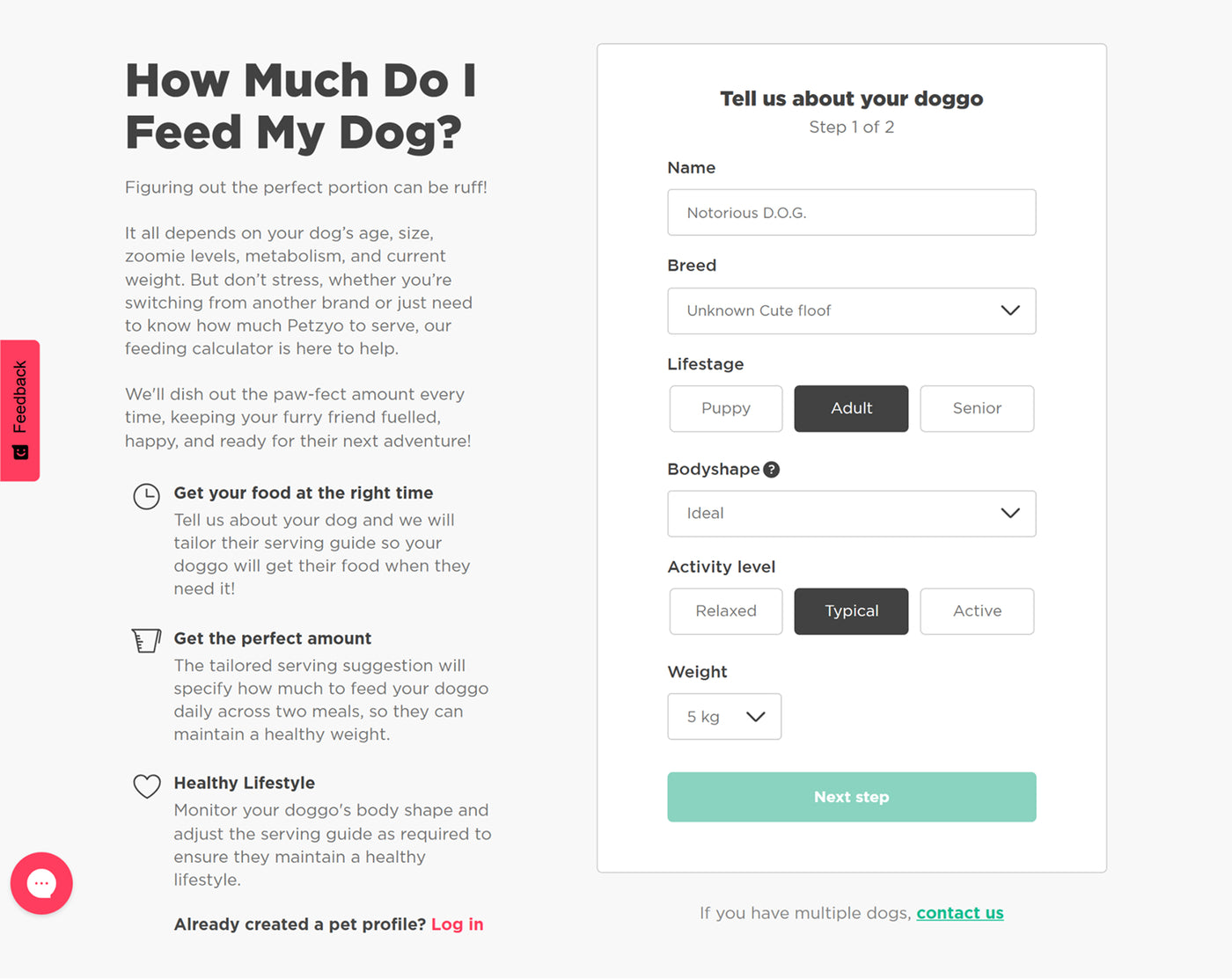
Shedding Amount
Drooling
Coat Grooming Needs
Trainability
Mental Stimulation Needs
Kelpie Grooming & Maintenance
Kelpies wear a short, double-layered coat that’s built for Australia’s rough conditions: dry heat, dust, wind, and sudden cold snaps. It’s water-resistant, dirt-repelling, and needs minimal grooming to stay in good shape. That signature coat does shed seasonally.
Do Kelpies Shed?
Yes. Kelpies do shed, especially in autumn and spring when their undercoat changes out.
Their short double coat repels most dirt and moisture, so day-to-day grooming is minimal. But when that undercoat starts to loosen, you will notice hair on your clothes, car seats, and furniture if you’re not brushing them regularly.
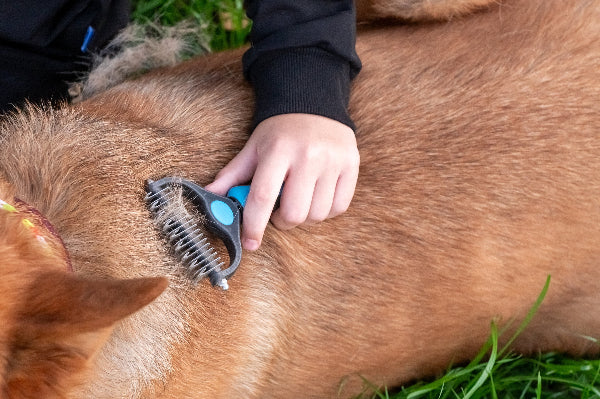
Managing Kelpies' shedding
- Brush once a week in normal months
- Brush 2-3 times a week during heavy shedding periods
- Use a soft-bristle or slicker brush for best results
This simple routine keeps their skin healthy and coat glossy, without clogging your vacuum. Additionally, regular brushing fosters trust and enables you to detect skin issues early.
Pro Tip: If your Kelpie’s coat looks dull, patchy, or greasy, it’s often a dietary issue, not a grooming issue. Make sure you are feeding a high-protein food with omega-3s and no filler. Petzyo’s Salmon and Ocean Fish blends do the job well for both coat and skin health.
Training & Exercise Needs for Kelpie
The Australian Kelpie is bred to think fast, move faster, and never stop looking for its next job. This is not a passive companion; it’s a worker with intensity, purpose, and brains to match. That’s what makes them brilliant in the right home, and a handful in the wrong one.
Understanding their behaviour means knowing how that working instinct plays out in both paddocks and backyards. The more structured their life, the better they thrive.
How Much Exercise Do Kelpies Need?
Kelpies require a minimum of 1.5 to 2 hours of daily exercise, which should include more than just walking. Think off-lead sprints, fetch with rules, agility, or structured training games. They are built for distance and precision, not just laps around the block.
But physical exercise is only half of it. These dogs crave mental stimulation. If they do not get it, they will create their own, and that often means chaos.
Mental work to keep your Kelpies engaged
A tired Kelpie is a happy Kelpie, but simply walking them will not suffice. These dogs are thinkers. You must give them variety: off-lead runs, fetch with rules, herding-style games, and jobs to do around the house.
If you are not engaging their brain, they will find their outlet, and it usually involves digging holes or chewing on gear. So, make sure to keep sessions short but sharp, and rotate through different types of play to avoid burnout.
- Puzzle feeders or scent games
- Obedience drills with variations
- Herding-style tasks like ball gathering
- Job-style tasks like carrying a backpack or “find it” games
Even pet Kelpies need to feel useful. Without enough to do, they will become anxious, restless, or destructive.

Cost & Ownership Considerations
Owning a Kelpie means being ready for the long haul. These dogs are not high-maintenance in the grooming department, but they do require a consistent investment in food, vet care, and mental enrichment. Total estimated cost would be around $177 - $339 (monthly) or $2,120 - $4,060 (annually). These numbers reflect real-world costs based on average Kelpie activity and care needs. If you cut corners by skipping vet checks, feeding low-quality food, or avoiding training, you’re more likely to face behavioural issues or higher medical costs later.
If you're thinking of bringing a Kelpie home, understanding the real cost of ownership will help you prepare properly and avoid surprises down the line.
Initial/upfront costs
What you’ll pay depends heavily on the breeder, bloodline, and whether the Kelpie comes from working or show stock. Here’s a breakdown of what to expect in today’s Aussie market:
- Registered breeder: $800 – $3,500 (Depending on working vs. show lines)
- Shelter or rescue: $150 – $600 (with basic vet work)
- Initial setup: $300 – $600 (Vaccinations, microchipping, desexing, & basic gear).
Note: A higher upfront cost from a quality breeder often includes health screenings and stable temperament lines, saving you time, money and headaches down the track.
Ongoing Ownership Costs
Kelpies burn through calories, gear, and energy, so planning ahead matters. Whether you’re in a rural home or a city apartment, here’s what average care looks like:
- Food (quality working diet): $65-$100 (monthly) or $800-$1,200 (annually)
- Vet & preventive care: $25-$100 (monthly) or $300-$1200 (annually)
- Training & socialisation: $16-$42 (monthly) or $200-$500 (annually)
- Pet insurance: $50-$110 (monthly) or $600-$1500
- Grooming & supplies: $8-$17 (monthly) or $100-$200
- Toys, bedding, gear: $10-$30 (monthly) or $120-$360 (annually)
Is the Australian Kelpie Right for You?
Kelpies are not laid-back loungers. They are alert, energetic, and sharp as a tack. This is a dog that needs a job, whether that’s chasing sheep, learning tricks, or burning energy on trail runs.
They thrive in homes where owners offer direction, structure, and a daily outlet for both body and mind. Without that, they don’t just get bored; they get frustrated.
Best suited for:
- Active households
- Rural properties
- Owners with time for training and daily mental work
Less suited for:
- Low-activity homes
- People gone all day
- First-time dog owners without a plan
If you are ready to match their energy with leadership and purpose, a Kelpie will give you loyalty, brilliance, and a working mate for life.
